Through words or images, artist has no problems expressing self
By Huang Liying ( China Daily ) Updated: 2014-01-07 07:20:57|
Horses graze on the grasslands, conveying a feeling of calm. |
Tu's calligraphy can currently be found among the collections of the Palace Museum, officials from China and abroad, as well as government institutes.
In China, there is an old saying "You will know a person by looking at their handwriting".
Tu, who has practiced several handwriting styles at the same time, is unsatisfied with a single art form.
"Black and white is good, but I am also looking for something that is different, something that is more colorful and more dynamic," Tu said.
Eventually, Tu turned to photography as his second profession.
"Calligraphy conveys people's emotions through the non-representational characters. Photography, on the other hand, helps people to express their thoughts and ideas and inspirations through representational pictures," Tu said.
Tu is especially fond of taking pictures of horses.
He loves traveling and enjoys the feeling of freedom. When shooting pictures, he feels a detachment from the world, he said.
"The herds of horses could lead me to anywhere, such as plateaus, deserts, rivers and mountains. I love this feeling." Tu said.
Despite traveling across the country, Tu said he does not feel fatigued.
Tu said he regards the natural environment as his teacher and that the animals provide him company, which gives him inspiration.
The fact that Tu is particularly fond with horses is because they are not just a means of transportation, but also the symbol of northern nomad's spirit.
|
|
|
|
|
|
|
|
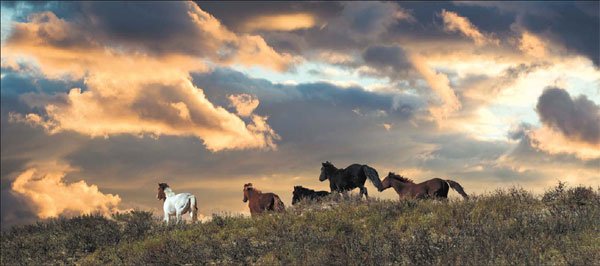


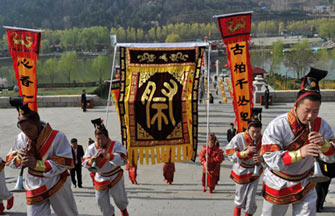
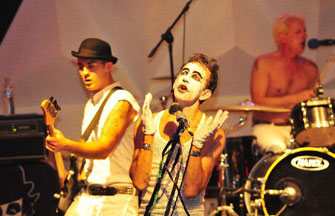
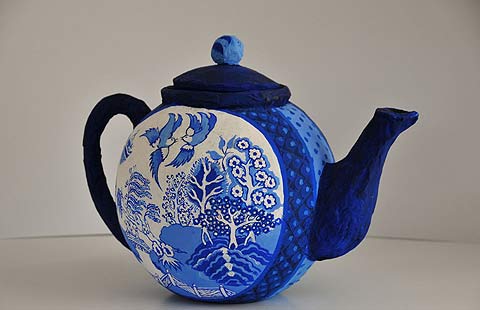
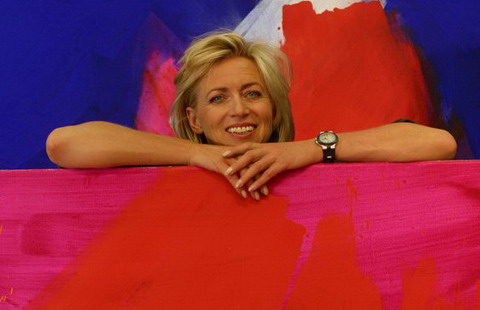

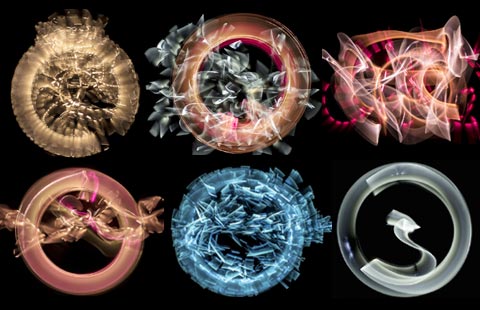
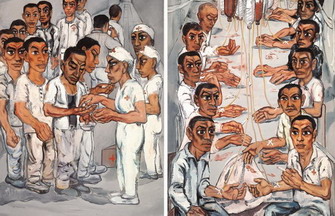





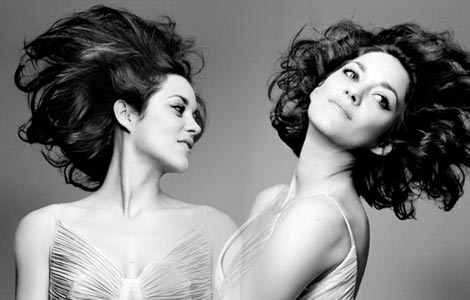

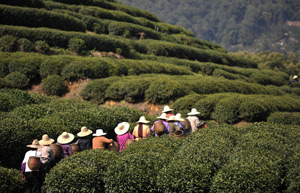






 Raymond Zhou:
Raymond Zhou: Pauline D Loh:
Pauline D Loh: Hot Pot
Hot Pot Eco China
Eco China China Dream
China Dream China Face
China Face





